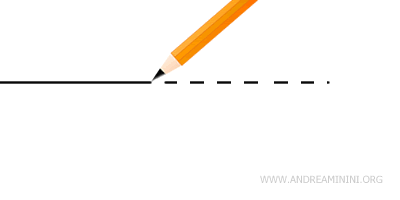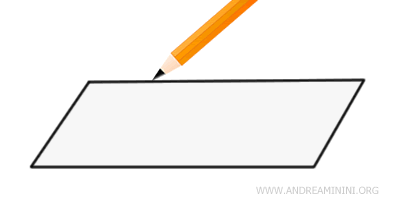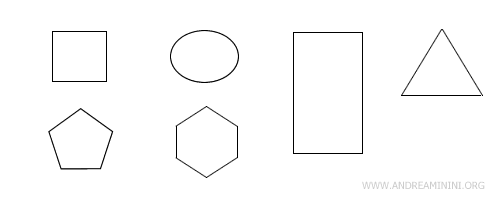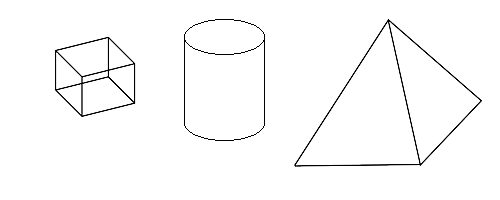Geometric Entities
Geometric entities are the fundamental elements used to describe and analyze space, objects, figures, and shapes in geometry.
Each geometric entity has a name and is defined by its properties.
Example: A square is a plane figure with four equal sides and four right angles.
To describe an object, specific terms are used, which also need to be defined.
Example: In the definition of a square, the terms "side" and "angle" are used. These terms must also be clearly defined.
However, primitive geometric entities are accepted without definition.
Primitive geometric entities include:
- Points
A point is a geometric entity that has no dimensions—no length, width, or height. It is represented graphically by a small dot and is used to indicate a position in space. Typically, points are labeled with uppercase letters (e.g., A, B, C, etc.).

- Lines
A line is an infinite succession of points extending in two directions. It has length but no width or height. Generally, lines are labeled with lowercase letters (e.g., r, s, t, etc.).

- Plane
A plane is a two-dimensional geometric entity that extends infinitely in length and width but has no height.

Primitive entities are the foundation for defining all other geometric entities and geometric figures.
- Plane figures, such as circles or squares, are geometric entities defined within a plane. They have area but no volume.

- Solid figures, such as spheres or cubes, are three-dimensional geometric entities that have volume.

And so forth.
